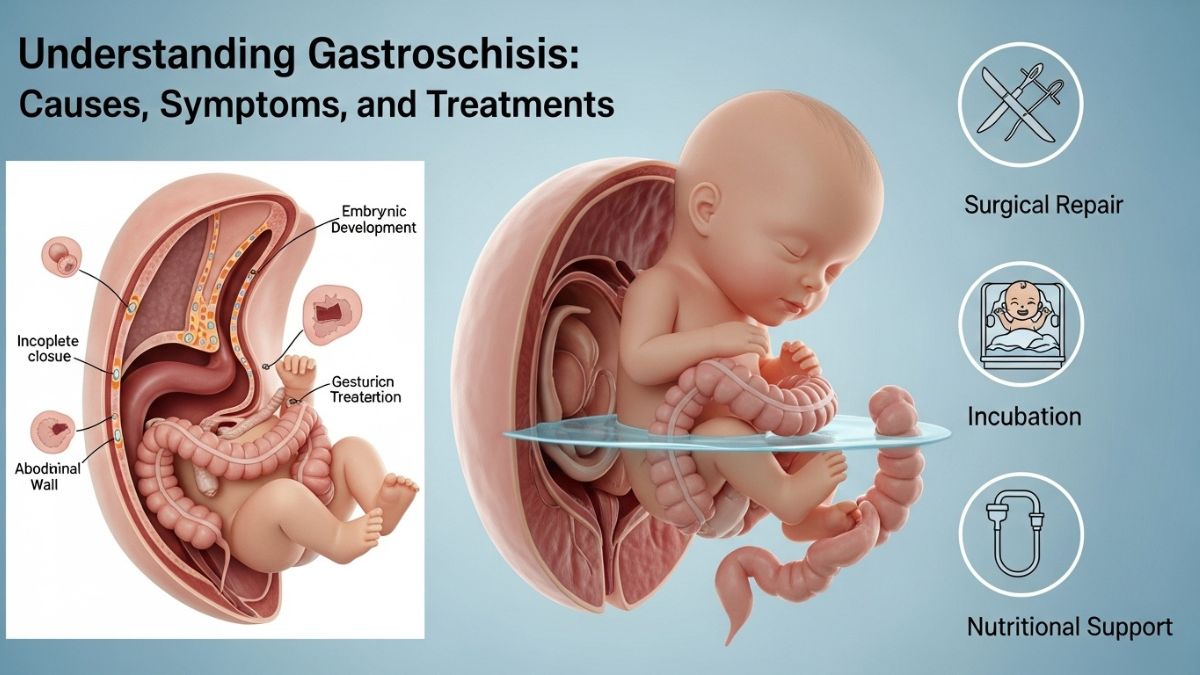It’s easy to dismiss a sore toe as something minor. Maybe you stubbed it on the corner of the bed or squeezed it into a tight shoe for too long. But what starts as a little discomfort can quickly become something much more painful and disruptive — especially if you’re dealing with an ingrown toenail. If you’re noticing tenderness, redness, or swelling near the edge of your nail, it’s worth considering professional ingrown toenail treatment before the issue gets worse.
When ignored, even minor foot problems can snowball into infections, limited mobility, and daily discomfort. Knowing how to spot the early signs — and when to act — is the key to keeping your feet healthy and your routine uninterrupted.
What Causes Ingrown Toenails?
An ingrown toenail happens when the edge of the nail starts to grow into the surrounding skin. While it can happen on any toe, it’s most common on the big toe. Common causes include:
- Wearing shoes that are too tight or narrow
- Improper toenail trimming (cutting too short or rounded edges)
- Repeated trauma (e.g. stubbing the toe or playing sports)
- Genetic predisposition (some people naturally have more curved nails)
Once the nail begins pressing into the skin, irritation and inflammation follow. If bacteria enter through broken skin, it can lead to an infection — making it even more important to address early.
Early Signs to Look Out For
Catching an ingrown toenail early is your best chance at preventing complications. Here’s what to look for:
- Tenderness or pain along one or both sides of the nail
- Redness or swelling around the nail bed
- Warmth in the area
- Pus or fluid (a possible sign of infection)
- Difficulty wearing shoes comfortably
If you notice any of these symptoms and they persist beyond a few days, it’s time to look at your options for care.
When Home Remedies Are (and Aren’t) Enough
At the very first sign of discomfort, you might be able to manage things at home with these simple steps:
- Soak your foot in warm water 2–3 times a day to reduce swelling
- Keep the area clean and dry between soaks
- Avoid tight-fitting shoes or pressure on the toe
- Use over-the-counter pain relief if needed
However, if symptoms worsen, you see signs of infection, or the pain begins interfering with your movement, it’s important to see a professional. Home remedies can only go so far — and the longer you delay proper care, the more involved the treatment may become.
What a Podiatrist Can Do
Seeing a podiatrist doesn’t mean you’re signing up for surgery. In many cases, a quick and simple in-clinic procedure can relieve pain immediately and stop the issue from recurring. Depending on severity, they might:
- Lift the nail edge and place a small piece of cotton underneath to help it grow above the skin
- Remove part of the nail or surrounding tissue if the condition is advanced
- Prescribe antibiotics if infection is present
They’ll also guide you through proper nail care, footwear choices, and prevention strategies to stop future problems before they start.
Preventing Recurrence
Once you’ve had an ingrown toenail, you’ll likely want to avoid that experience again. Prevention doesn’t take much effort but makes a big difference:
- Trim nails straight across (not rounded) and avoid cutting them too short
- Choose footwear that gives your toes room to breathe
- Wear protective shoes if your work or sport involves repeated foot pressure
- Avoid picking at or digging into the nail corners
It’s also helpful to do regular self-checks, especially if you’re on your feet all day or wear tight footwear often.
Don’t Wait Until You Can’t Walk Properly
Our feet take us everywhere — to work, to the gym, to the supermarket, and everywhere in between. A nagging toe issue might seem like something you can power through, but it’s not worth risking a serious infection or ongoing pain. Small steps like choosing the right shoes or booking a quick podiatry visit can save you weeks of discomfort down the line.











